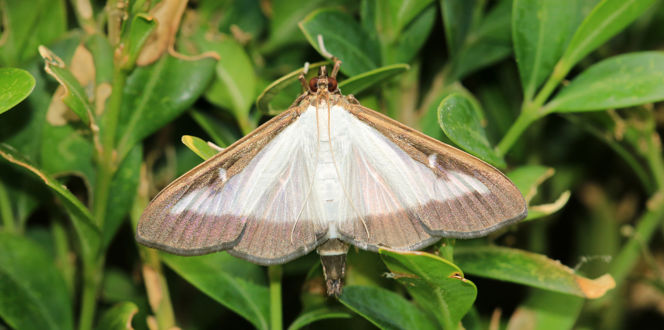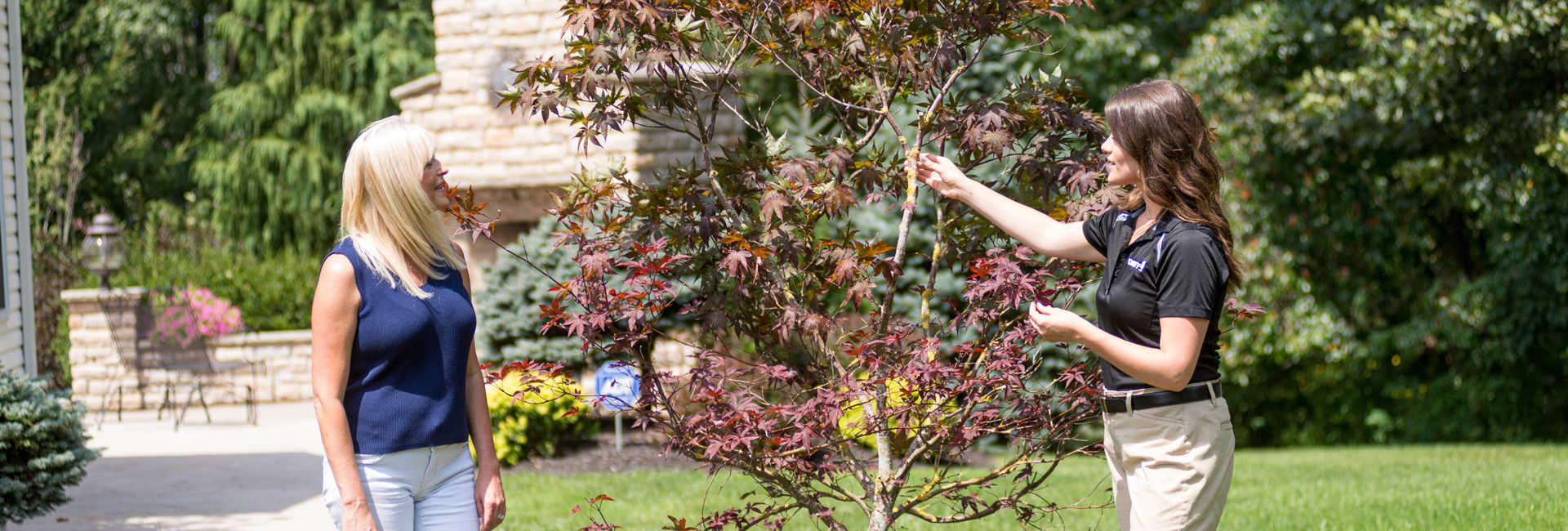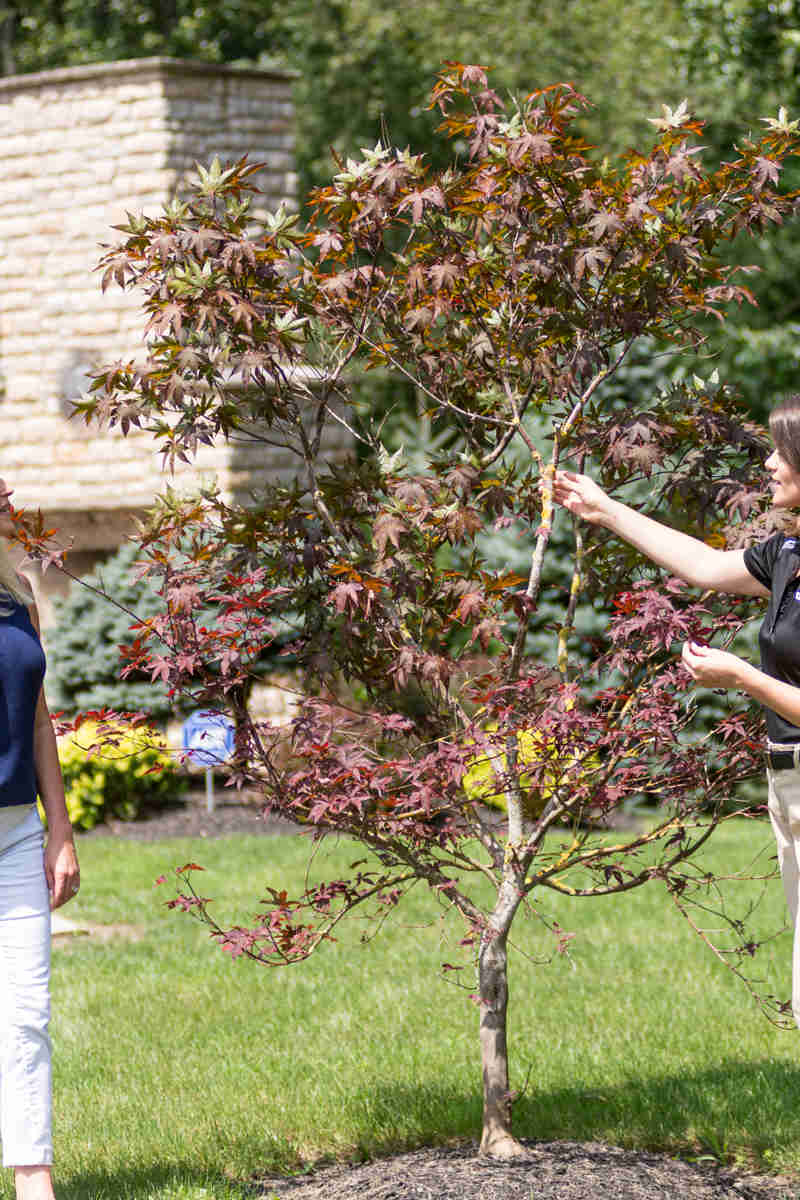Chicken Of The Woods Mushroom Description:
Chicken of the woods is an edible mushroom with a texture and taste that is said to resemble chicken. The fruiting bodies tend to have many shelves and can be found up a tree trunk or as a cluster at the base of a tree. The top of the fruiting bodies can be bright orange or salmon color, whereas the bottom pore surface can be yellow or light salmon/cream color.
Hosts:
Chicken of the woods can grow on many different hardwoods but are most common on oak trees. Other potentially susceptible trees include:
- Eucalyptus
- Yew
- Sweet chestnut
- Willow
Biology & Symptoms:
Chicken of the woods fruiting bodies typically grow in the late summer to fall, however, fruiting bodies can appear any time of year. They are a popular culinary item, and while they are a treasure for mushroom hunters, they can also be a sign of decay in landscape trees. Laetiporus species cause brown rot within a tree, leading the tree to become brittle.
Chicken Of The Woods Mushroom Management:
Since chicken of the woods is a sign of severely decayed wood, once it has appeared it’s likely that irreversible damage has already been done to the tree. Most people will harvest the mushroom to eat, but the tree should be tested for soundness. If the tree is decayed severely, removal may be necessary. Also, try to optimize tree health with cultural practices such as proper fertilization, watering, mulching, and pruning methods. Consult your local arborist to assist you in keeping your trees healthy.





